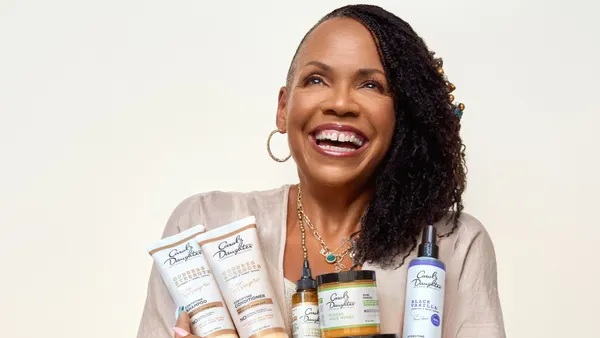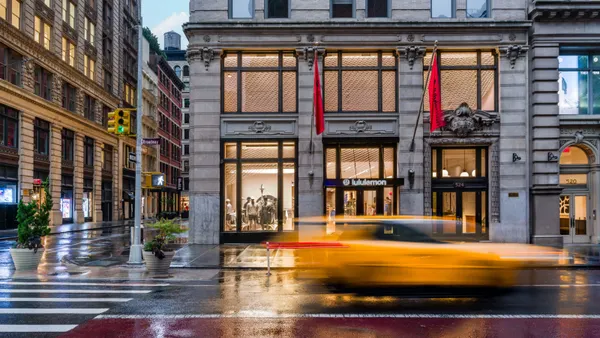Dive Brief:
-
Amazon's Prime customer base may have reached its growth limits: Morgan Stanley analysts have found that membership in the U.S. flattened last year, Business Insider reports.
-
Prime membership grew 14% the year between the fourth quarter of 2015 and the same period in 2016, but just 40% of the 1,000 U.S. adults surveyed were still Prime members, according to the report.
-
Amazon itself doesn't report its Prime membership numbers, however. Consumer Intelligence Research Partners pegs it at 90 million in the U.S., but Moody's Investors Service analysts threw cold water on that this summer, calling such estimates "seriously overstated," "highly improbable" and made "in the absence of any real guidance from the company itself."
Dive Insight:
The size of Amazon Prime's membership is difficult to measure, but with so many U.S. households already reporting they've subscribed to Prime, it makes sense that there's a limit to that growth.
Those who do subscribe (for $99 each year) possess conditional loyalty. The membership's perks, which include a streaming entertainment service that rivals Netflix, along with photo storage, music streaming and e-book privileges, among others, aren't nearly as important to Prime subscribers as the free two-day shipping, which applies to items sold through Amazon and the marketplace. A massive 82% of Amazon Prime members would cancel their membership without free two-day shipping, according to research released last month by behavioral marketing platform SmarterHQ.
That hits the e-commerce giant with massive fulfillment expenses: Amazon's shipping and fulfillment costs are growing faster than its revenue, but so far the company has focused on making moves to optimize those operations rather than cutting back on the benefit. Amazon's efforts include an Uber-like crowdsourced ground delivery network it calls Amazon Flex, the purchase of thousands of semitrailers and, of course, drones. Last year, the company unveiled its first Prime Air-branded cargo aircraft in an inaugural flight during Seattle's annual Seafair Air Show.
But Matt Sargent, senior vice president of retail for Frank N. Magid Associates, doesn't see it Morgan Stanley's way. Rather, he sees Amazon Prime as becoming an increasingly entrenched notion for U.S. consumers, especially as older shoppers (just 31% of Baby Boomers belong to Prime) catch up to younger ones (58% of older millennials do). Even the lower penetration (47%) of younger millennials is no indication that they're turning away from Prime, he noted.
"Older millennials are in the ideal life cycle (kids, jobs, etc.) where they need Prime, whereas younger millennials do not have as many of those life factors pushing themselves to Prime," he said. "I don't anticipate Prime growth to slow until these penetration rates are equal across age segments," Sargent told Retail Dive. "I would be very surprised to see it stall out."
Amazon isn't leaving its Prime recruitment to the whims of consumers in any consumer segment. This summer the retailer made an overture to lower income shoppers with a lower Prime fee for those on government assistance programs and even before that lowered its non-Prime free shipping minimum to $35 (after raising it last year). And Amazon has made it easier for college students to join, at lower fees and with the option of paying just monthly, forging ties with younger consumers who could end up as lifelong Prime members.














